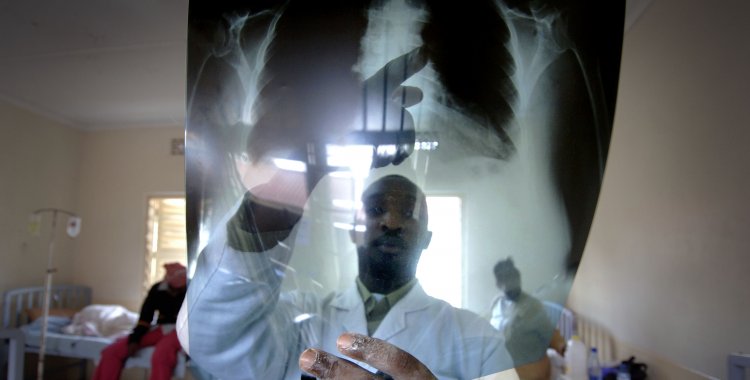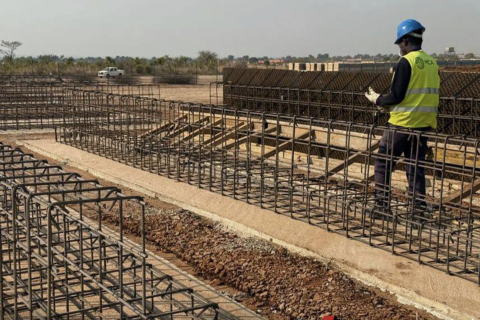According to the coordinator, this decrease can be justified with the emergence of covid-19: "The decrease in the number of cases in 2020 can be attributed to the covid-19 pandemic that limited the movement of the population to health establishments".
Speaking to Angop, the official said that of the cases registered last year, 64,682 were related to sensitive tuberculosis and 1132 to drug-resistant tuberculosis.
Ambrósio Disadidi, who was speaking at the World Tuberculosis Day that is commemorated this Wednesday, March 24, said that the list of provinces with the highest prevalence rate of this disease is led by Namibe, which has 431 cases. In second place is Benguela with 355 cases, followed by Luanda (288), Cuanza Norte (275) and Cuando Cubango (228).
People between the ages of 25 and 34 are the most affected by this disease, with a rate of 23.5 percent. This is followed by people between 15 and 24 years old (23.4 percent) and people between 35 and 44 years old (17.5 percent), he said.
According to Angop, the data is still being collected and, for this reason, the official did not indicate the number of people who died of tuberculosis last year.
He also mentioned that the figures related to the cost of financing a patient - which includes medication (which is free) and the "catastrophic costs" (food, transportation and others), which are borne by the family - are still being collected.
There was also an increase in the number of municipalities with diagnosis and treatment centers for this disease: the number rose from 111 to 115 centers.
The responsible person also talked about the actions that are underway to try to control this disease. One of them is the National Strategic Plan to Fight Tuberculosis 2018/2022, whose main goal is to reduce the incidence and mortality of tuberculosis in the country.
Despite being a disease in which diagnosis and treatment are made free of charge in the country, tuberculosis is the third cause of death in Angola, after malaria and traffic accidents.







